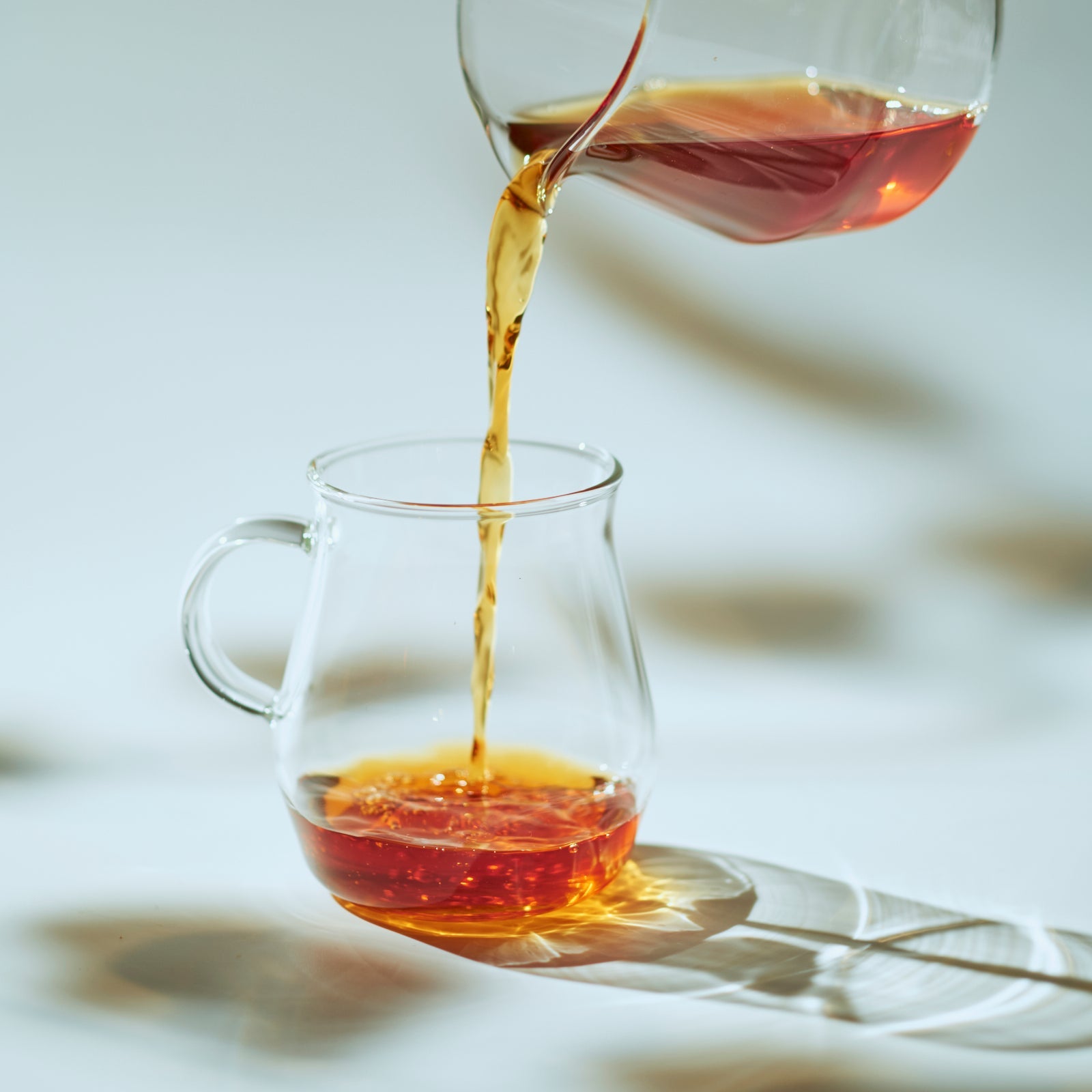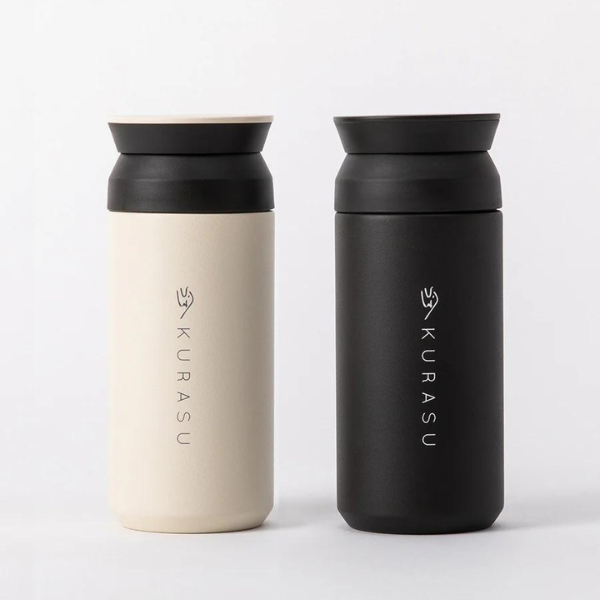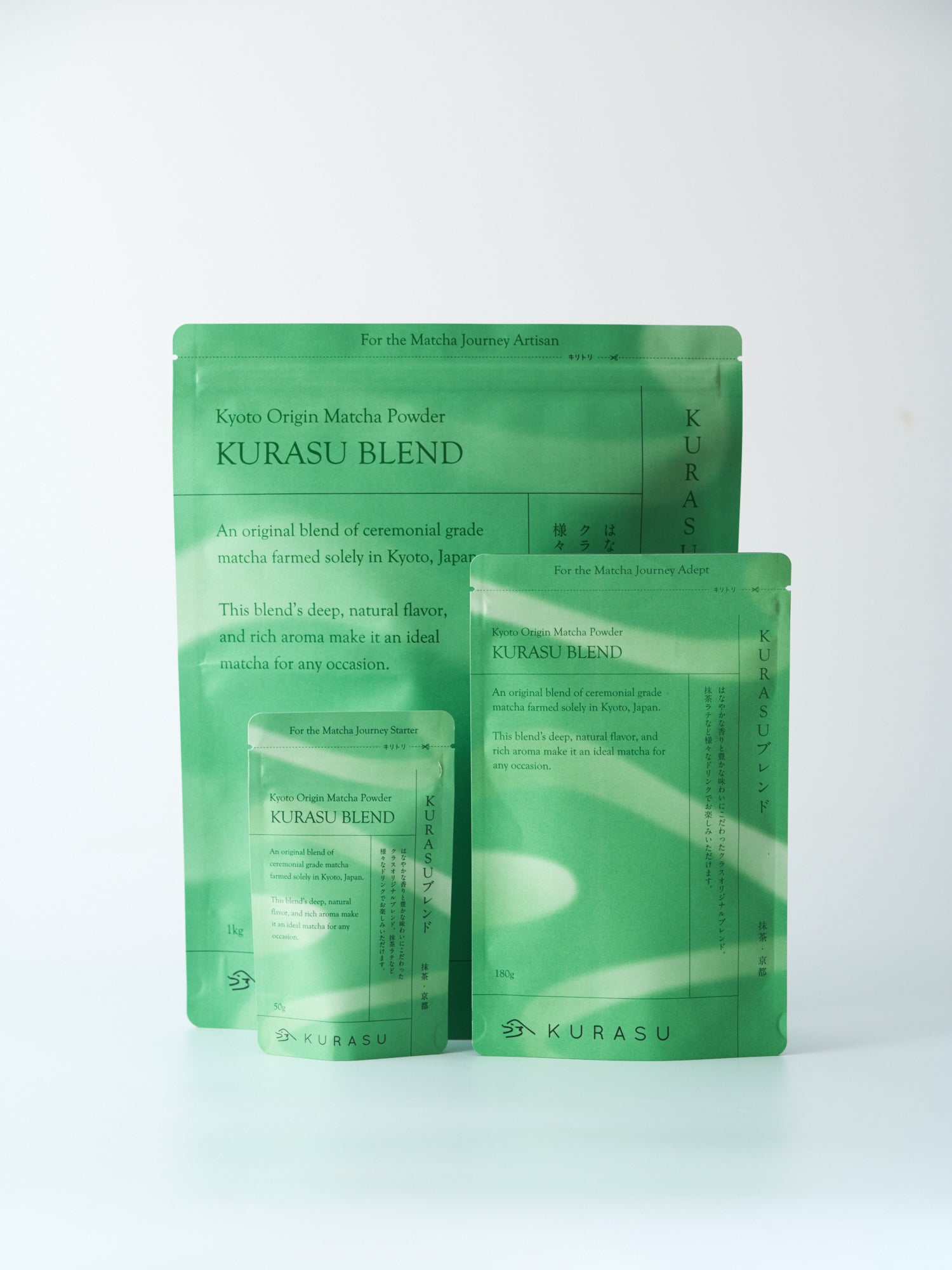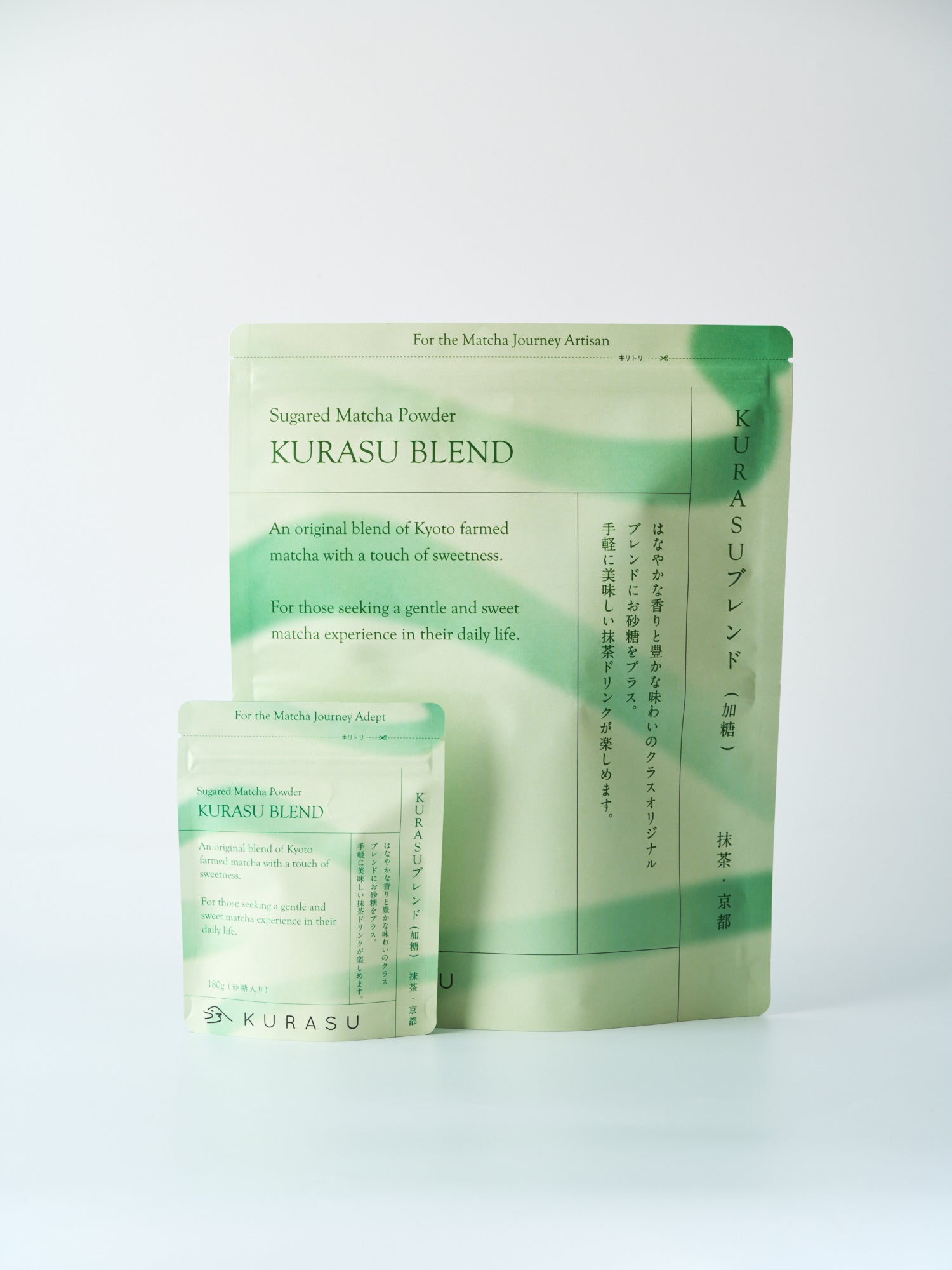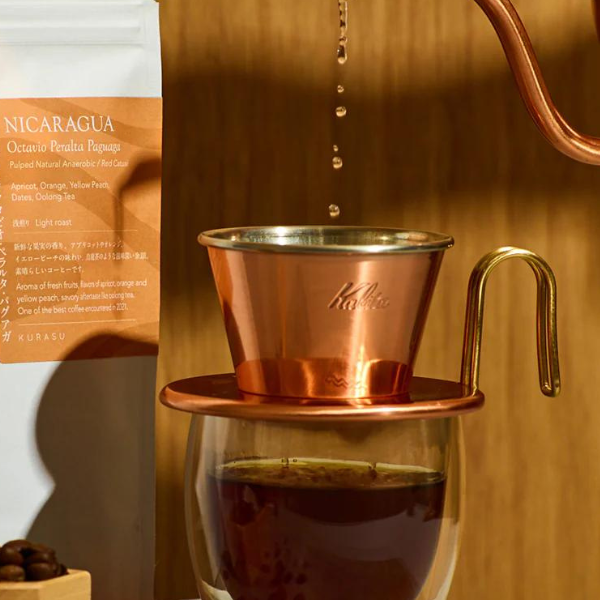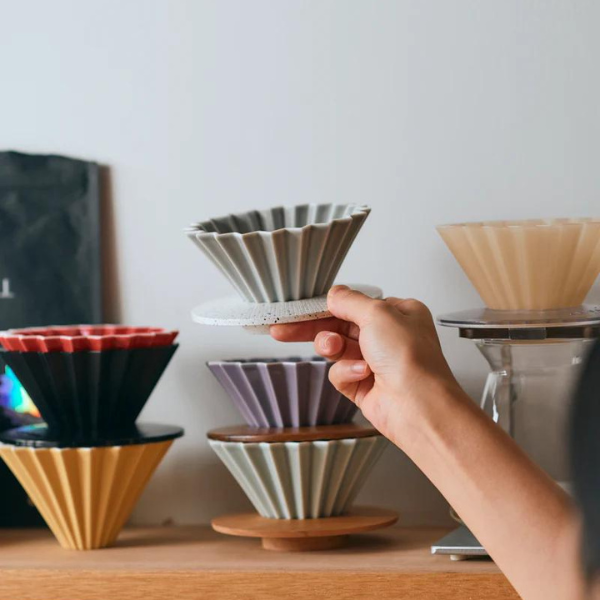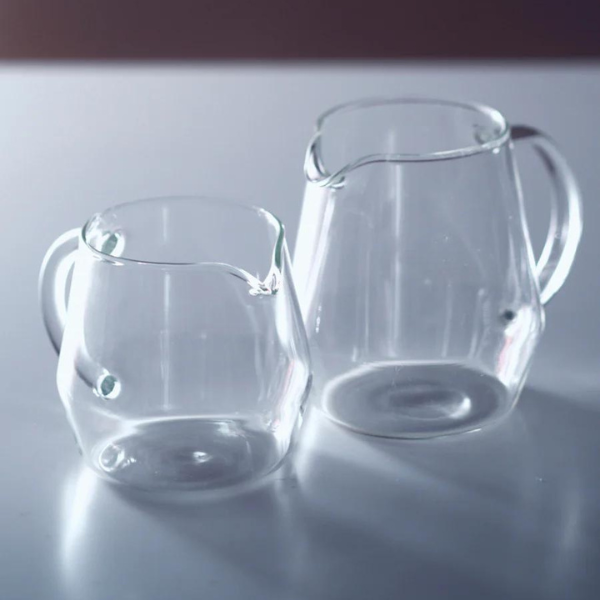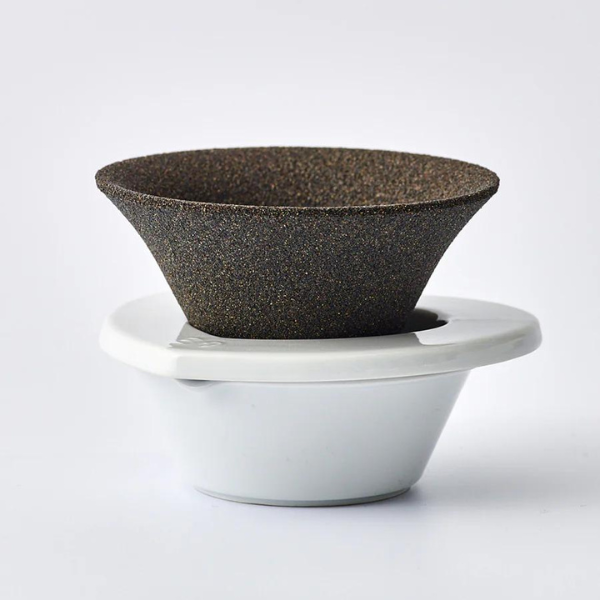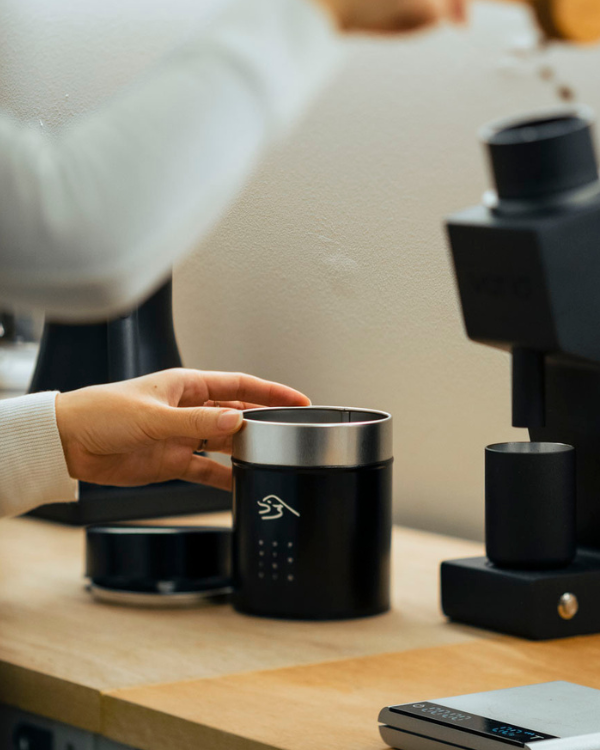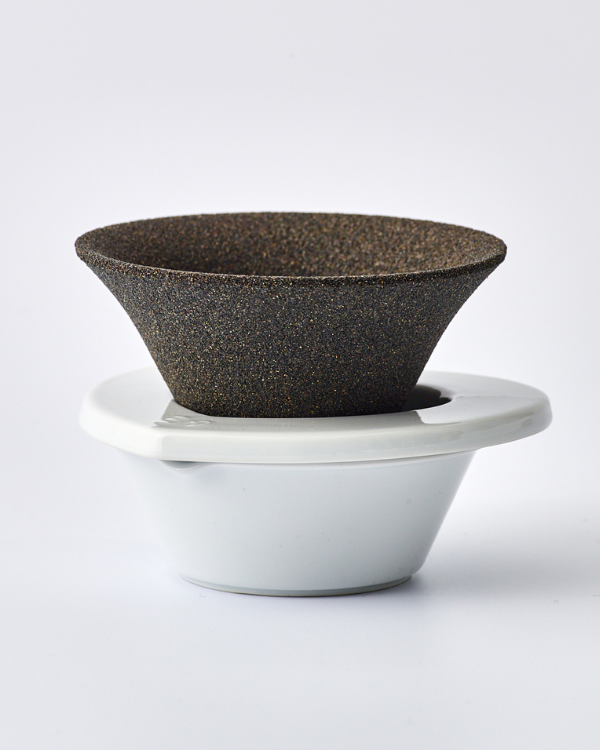Hi everyone! We hope you are enjoying our seasonal blend for this spring, Harukochi- it’s receiving a lot of love more than ever, and some are already coming back for their second bag. It’s a special blend for us too, and in this blog we’d like to share our journey of designing it!
If you like specialty coffee, you'd probably be more drawn to choose single origins over blends. This year with our spring blend, however, we are confident to say this blend is definitely worth a try.
By mixing two Rwandan coffee with different processes and adding a touch of Tanzania, we created a beautifully complex and nuanced Rwandan coffee expressing its wonderful sweetness and aroma. The harmony which can never be achieved by single origins. Flavors unfold sip after sip, showing what an excellent thing a blend can do.
Blend can also be a roaster’s representation. Every component of the blend is also a part of what we value for our single origin, and what we do with the sum of them is a summary of our philosophy. Designing a blend isn’t about adding something together that would have not worked on its own, but about knowing the chemistry and making a magic happen.
Rwanda sits right in the middle of Africa, with a size of the land a touch bigger than Shikoku island in Japan. The entire area is on an elevated ground of 1500-2000 m in altitude. The big temperature gap also makes the country a highly suitable environment for growing coffee.
Some call Rwanda a Switzerland of Africa for its lush landscape- coffee produced in Rwanda is one of the most desired coffee around the world for its high quality, and the industry has grown to be essential for the country’s economy. The first ever Cup of Excellence event in African countries was also hosted in Rwanda, in 2008.
Easy to drink, balanced cup would be good words to describe Rwandan coffee. You rarely taste extreme acidity or bitterness, and you’d find most Rwandan coffee sweet and mild.
In Japan, Rwandan coffee has become somewhat a seasonal thing for spring, since usually green beans arrive in Japan at the beginning of a year, distributed and roasted by around February and March. Also in that sense, selecting Rwandan coffee for the blend was very much “in season”!

We picked two coffee freshly arrived from Rwanda, with different processes. We cupped 12 different Rwandan coffees, and a wonderfully aromatic natural and a washed one with well balanced acidity and sweetness stuck out the most.

As for the ratio, we adjusted the mix by a gram, to find the golden balance that both components bring the best of each other. 
We then added a touch of Tanzania to further compliment the golden pair, highlighting their very springy, burst of joyful flavor. In the cup you will find a juicy apple-like sweetness and pleasant acidity, accompanied by a mellow, complex aroma and richness like orange tea.

Along with Harukochi, two light roast Rwandan single origins (Umurage and Kamajumba) are also available at our shop. We roasted these single origins to maximize their individual flavor profile, to be a good contrast to the medium roast blend, and to cater a wider range of taste for everyone to enjoy.

The designing process of Harukochi showed us a new field to explore- “caramelized sweetness” was what we wanted to achieve, and in the process of that we explored a roasting range that is darker than our usual. Bringing out that particular type of sweetness required a very nuanced roasting process, and learning the beauty of subtlety in dark roast was challenging but a very rewarding experience.
Q・How Should I Brew Harukochi?

Brewing medium and dark roast can be even trickier than brewing light roast.
The biggest difference and the challenge is how quickly water goes through coffee- which makes controlling the flow and even extraction very difficult.
Wetting the coffee evenly in the blooming process is essential to bring out the caramelized sweetness and chocolate-like aroma. Uneven extraction results in undesirable bitterness. Make sure to pour evenly, no matter how quickly water drips through- this will naturally make the pouring pace faster.

As soon as you see the water level in the dripper going down, keep pouring on top of it before all the water drips down. Maintaining the water level above the coffee ground at all times will bring out the sweetness. We recommend using our Kalita Wave recipe for Harukochi- try it out and let us know how it went!
We hope this article helped you dive deep into our Harukochi journey.
While spring feels like a perfect time to go out and enjoy warm weather, you may find yourself finally experiencing a release of the stress you were feeling during the long cold winter. With the fresh sweetness reminiscent of a mild breeze of spring meadow, we hope Harukochi will be a gentle and reassuring company to aid your transition through the seasons.
Have a lovely spring everyone!

